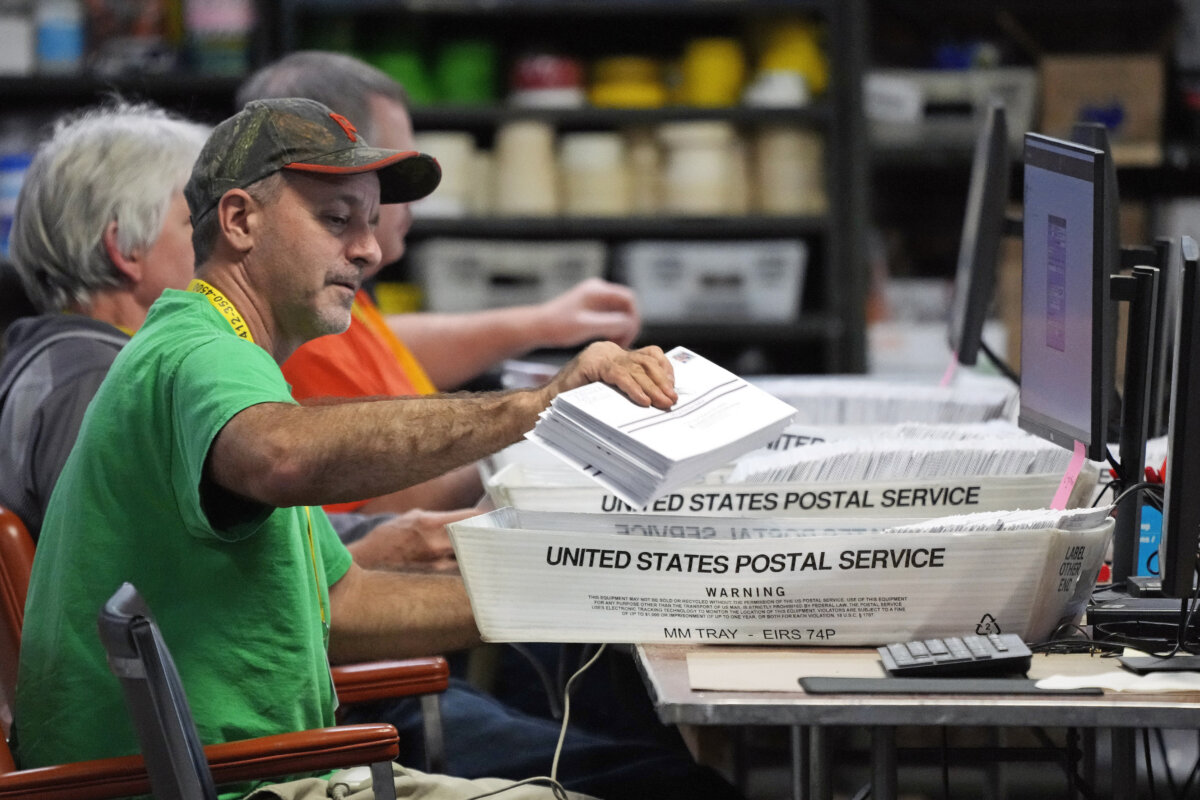April showers bring long days trapped inside with bored kids. And you can only let the TV do the babysitting for so long. Coming to the rescue is a new book with ideas for entertaining kids not just on rainy days, but when it’s sunny, snowing or windy, too. Related: Answers to all your infant vaccination questions The genius idea behind “Whatever the Weather” is that it actually uses the weather to inspire crafts and science projects to do with your kids. It’s windy out? How about making a small kite out of wax paper, sticks and a leaf? A beautiful sunny day? Get out the sidewalk chalk and try some shadow art. Related: Parenting peer pressure is real Here, authors Annie Riechman and Zawn Suzette Smith share one idea just with us.
From “Whatever the Weather” by Annie Riechmann and Dawn Suzette Smith, © 2016 by Annie Riechmann and Dawn Suzette Smith. Reprinted by arrangement withRoost Books, an imprint of Shambhala Publications, Inc. This simple project uses familiar techniques and materials, but perhaps in an unusual way. By applying small amounts of paint to a variety of leaves gathered from neighborhood trees and plants, it becomes possible to see the intricate work of veins on each leaf, particularly the unique patterns and outlines of individual leaves.As paint pools in the grooves along the folds of various leaves, they become ideal materials for use in printmaking projects, making this activity one that blends art and observation in all the best ways. What you will need:
• Watercolor paints Science behind the scenes: Leaf veins A leaf’s veins are generally found on the underside of the leaf, acting as a “skeleton” for the leaf by giving it structure and shape. But the veins also have another very important job: They are the pathways by which nutrients and water move through the leaves, keeping them healthy and green so that they can continue to photosynthesize, ensuring the plant continues to thrive. What you will do
Gather up the watercolor paints, palette and brushes, and bring them outside on a rainy day.
Take a few moments to go on a leaf hunt around your yard or local park. For younger kids, a walk down the street in the rain for a leaf hunt can be a big added bonus. Throw in some puddle-splashing along the way! Collect leaves in a variety of sizes, shapes and with different textures. The larger the array of leaf options you have available for purposes of painting, the easier it is for this project to be both art activity and scientific observation. Look around the outdoor area where you will be working and find an accessible puddle, in a safe spot to use as a water source.
Decide which colors to use and squeeze a bit of paint onto your palette or large leaf. Choosing colors that will contrast with the leaves chosen for painting will give you stunning results. Bright yellow leaves pop with purple paint, light green leaves lend themselves to a dark blue or deep red. Play with the colors you have and let your child mix paints and try different combinations, even on the same leaf! It is easy to change the color and its intensity with watercolor paints by simply adjusting the amount of water used. Use more water on some leaves, then less on others. Protect some of your painted leaves from the falling drops of rain by huddling over them while you paint, while allowing others to be fully exposed to the water coming down. This will result in a variety of visual effects on the finished leaves. Place the tray or cookie sheet in a protected spot to shield painted leaves from the rain. When you are all finished painting, bring them inside to dry.
Follow Emily on Twitter: @EmLaurence
• A palette or extra large leaf for the plants to rest on
• Brushes or other painting utensils
• A tray or cookie sheet to transport painted leaves
When you look closely at a leaf, you will notice that its surface is marked by a number of lines running in different directions. These are called “veins” and not only serve an important purpose for the leaf itself but are vital to the health of the plant or tree.


















